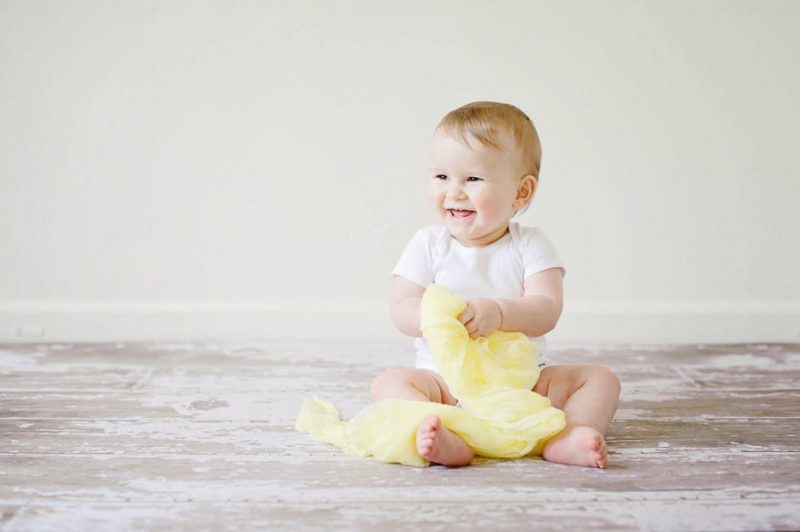The Limits of Ancestry DNA Tests Explained
Ancestry DNA tests have never been more popular. People want to find out where their family comes from and which ethnicities may lie within their DNA. These tests have the capacity to completely change people’s perceptions on where they came from.
Ancestry.com’s DNA database consists of 10 million people alone, and this number continues to grow and expand. However, what we must remember is that there are limits to these tests that often go ignored.
We’re going to go into these limits.
Not All Tests are Accurate
The most common belief is that a pair of identical twins will have identical DNA. But journalists from the Canadian Broadcasting Company proved that different companies can yield very different results.
In one test one of the twins received 13% ‘Broadly European’ in their results. The other twin received just 3% and a range of other regions around Europe. Of the five companies used, all of them yielded differing results.
Genetic DNA testing isn’t a scam. It’s just limited because of the state of science today.
Small Errors Make a Huge Difference
When an ancestry DNA test analyzes something like your saliva, there are literally billions of different aspects within that saliva that can influence the results.
The reality is that these tests ARE 99.9% accurate. The problem is that the 0.01% of inaccuracies can add up to a few thousand errors, which changes your results. To put it simply, testing is not yet accurate enough to eliminate these errors.
The New York Times reported on a study regarding genetic testing for Alzheimer’s, and they too noted big discrepancies between tests.
What is Your DNA Using as a Reference?
Here we get to another limitation when it comes to private companies. Every company has its own set of references. The number may go up in the millions, but with so many combinations when it comes to DNA it’s still not enough.
Furthermore, it’s known that many of these references are comprised through people self-reporting their ancestry. As many people who have taken these tests know, you don’t always receive the results you expect.
The Computer Algorithms Aren’t Accurate
The computer algorithms used to take your results and assign you specific ethnicity percentages have two problems. First, as we mentioned before, they are extremely sensitive to the errors that come up during the analyzation process.
The second problem is these computers are not looking for a specific match with your DNA. They’re looking for a base reference and essentially saying you are ‘probably’ this.
Last Word – Should You Listen to Them?
These DNA tests use valid science and they do have value. The problem is that the science isn’t robust enough to give you 100% accurate results.
For this reason, you should always be skeptical of the results you get back. They’re often very close to the truth, but don’t rely on them for 100% accuracy.
With that in mind, have you ever tried using a DNA test to discover where your ancestors come from?





Yes my husband had his done with them because he was adopted. He had heard from his adopted parents that he was half Mexican. The tests did not have any Mexican listed. It was so generic it could have been anybody’s. Very disappointed since it cost almost $200.